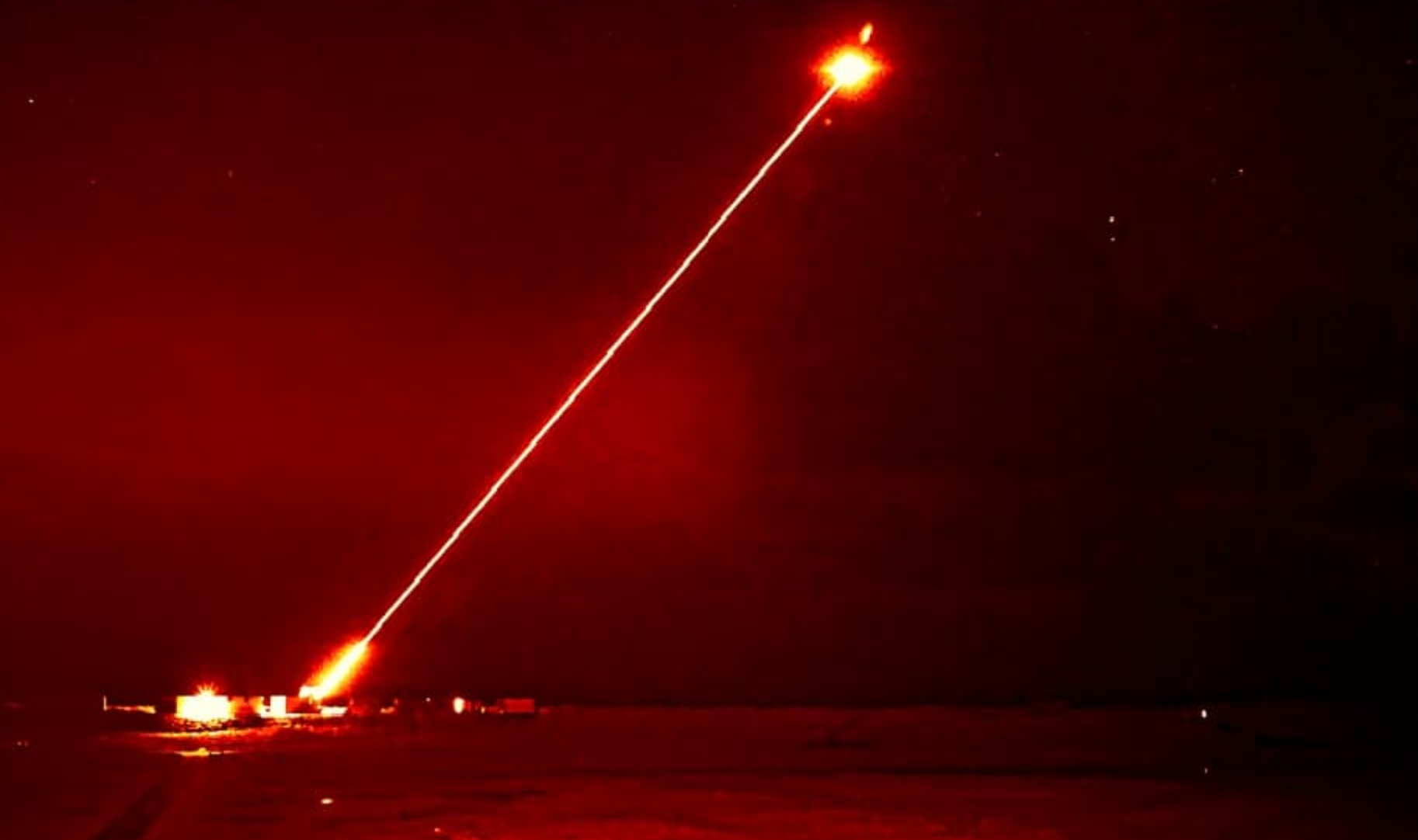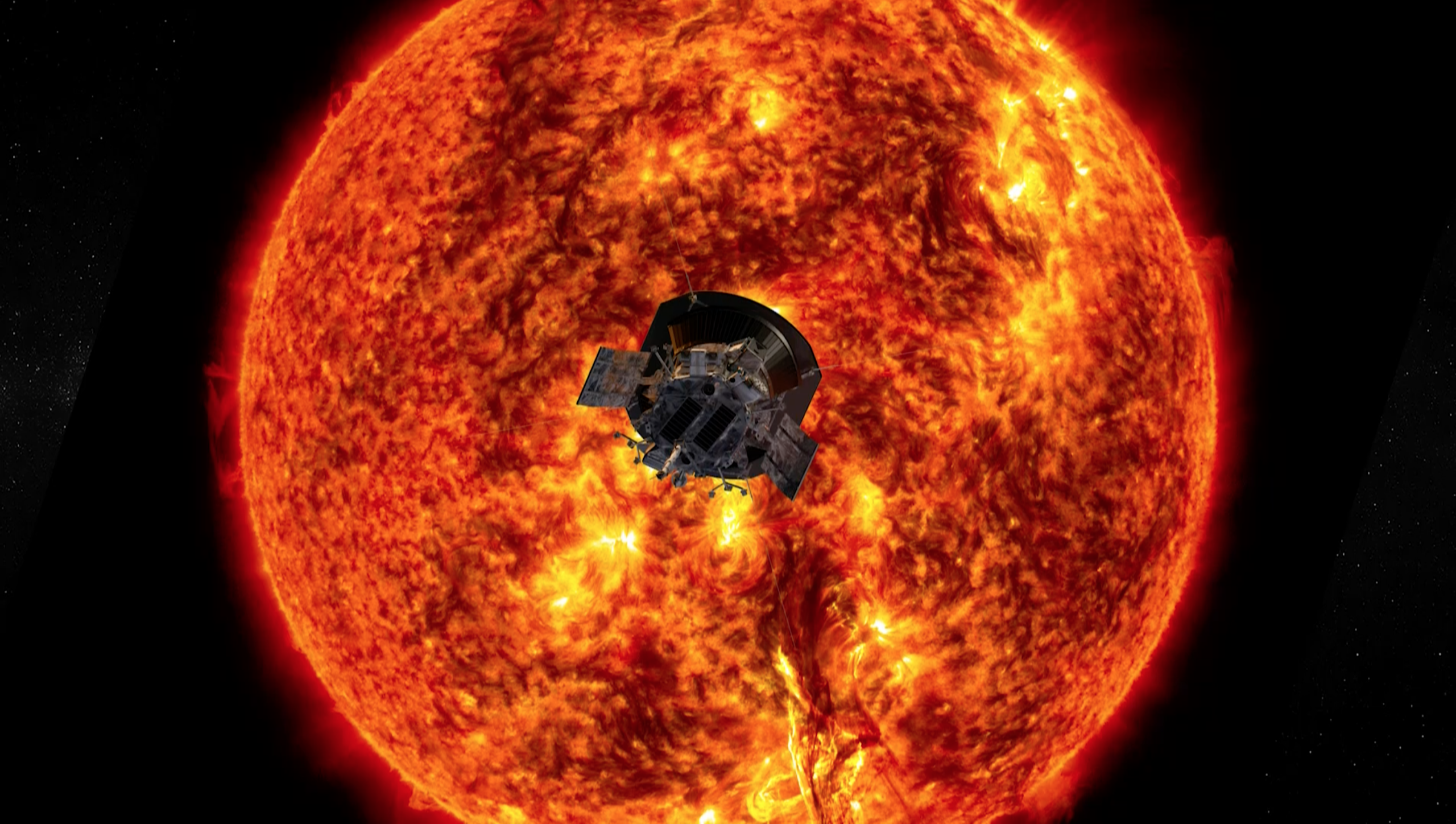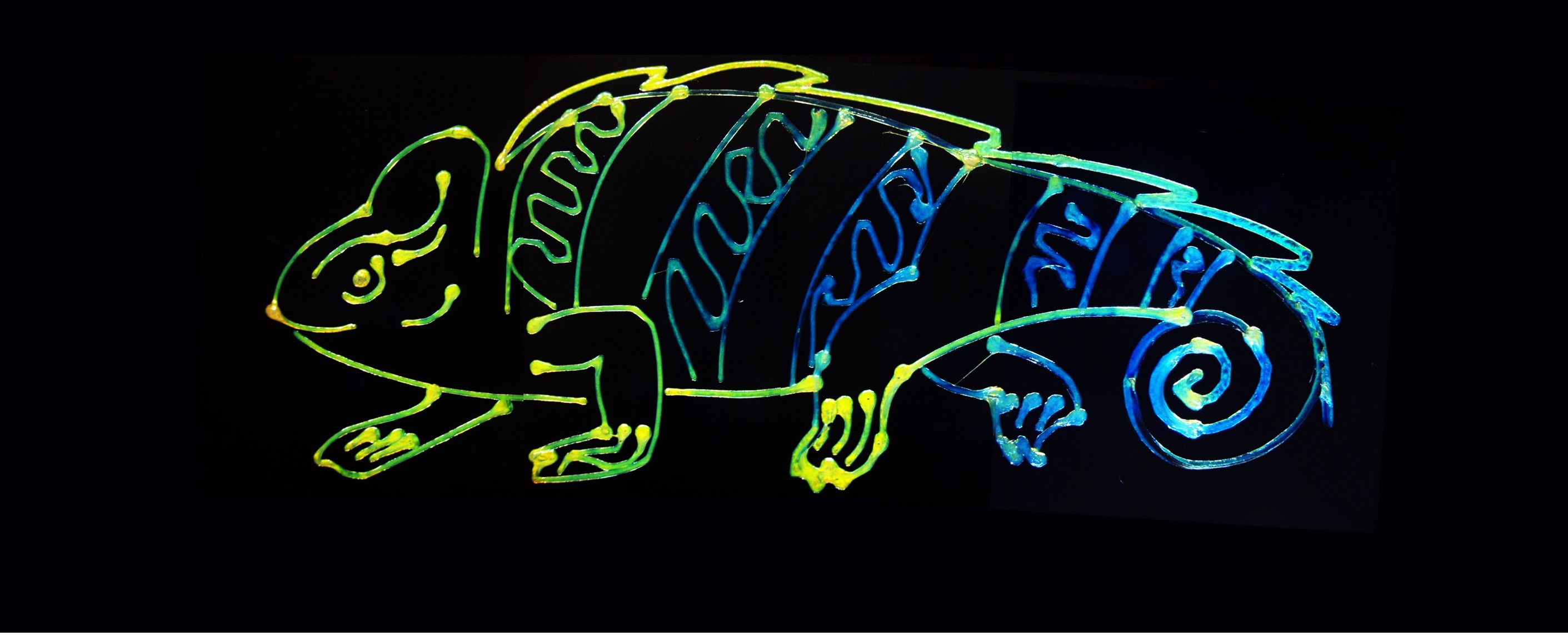Precision in Aerial Defense Testing
The British military has achieved a significant breakthrough in aerial defense, successfully testing the DragonFire laser weapon designed to incapacitate drones mid-air. This milestone addresses the evolving challenges posed by unmanned aerial vehicles (UAVs).
DragonFire’s Inaugural Field Test Success
The state-of-the-art high-power laser weapon, DragonFire, demonstrated its capabilities by passing its inaugural field test with flying colors. Operating as a laser directed energy weapon (LDEW) system, DragonFire boasts pinpoint accuracy and the ability to deliver a high-powered laser across extensive distances.
Precision and Range of DragonFire
The DragonFire system’s remarkable precision allows it to target and hit a coin from a distance of 1 km. Its destructive capabilities extend beyond that, making it capable of significantly damaging or destroying drones and projectiles from even greater distances. While focused on unarmored flying objects like drones, it operates as a versatile line-of-sight weapon, engaging a wide range of visible targets.
Laser Advantages in Aerial Defense
Lasers offer a high level of precision, effectively neutralizing drones with minimal collateral damage. This precision is particularly crucial in crowded or sensitive locations, mitigating unintended risks posed by traditional weapons. Laser beams operate swiftly and silently, making detection and evasion challenging. Additionally, lasers eliminate the need for conventional ammunition, reducing the logistical burden by relying solely on power to sustain the laser system.
Beyond Military Applications
The implications of DragonFire extend beyond military applications. As drones are increasingly used for malicious purposes, this laser weapon technology holds promise for mitigating threats in both military and civilian settings. From espionage to terrorism and disruptions in critical infrastructure, DragonFire could provide a robust defense.







